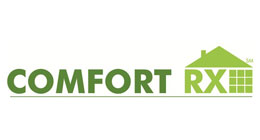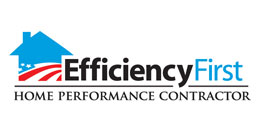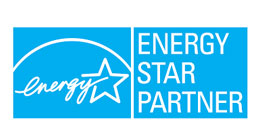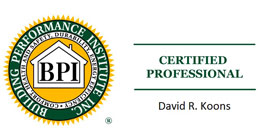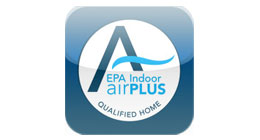Ventilation as a Prophylaxis for Allergens, Mold & COVID-19
Here in the high alpine, residents and visitors of our mountain communities enjoy outdoor activities and the freshest air available, adjacent to our national forests (albeit thin and sometimes smoky!). But the truth is, we still spend a lot of our time indoors at home, especially during our long winter seasons, mostly with the windows closed, and more so since the Covid-19 pandemic.
Per the EPA, indoor air is often 9x more polluted than outdoor air. There are myriad pollutants found indoors, including concentrations of Carbon Monoxide, Carbon Dioxide, Radon, and Formaldehyde. Finishes, textiles, and plastics are “off-gassing” Volatile Organic Chemicals (VOCs) and Synthetic Chemicals. Sewers and septic systems are burping Hydrogen Sulfide. There is also PM. PM stands for particulate matter (also called particle pollution): the term for a mixture of solid particles and liquid droplets found in the air. And while particulate matter smaller than 10 microns (PM10) such as molds, pollen and dust can be a health irritant, smaller particles such as those from combustion, organic compounds, metals, bacteria and viruses, which are 2.5 microns and less (PM2.5) are widely considered hazardous to your health, because they can pass through your lung tissue and into your bloodstream. The SARS-Cov2 virus is around 0.1 microns. PM2.5 and smaller particles are carried by aerosols, or liquid droplets in the air. Does this sound familiar? There is much debate about the size of water droplets in the air, what they may carry with them and how they behave indoors, but there is zero debate about minimum levels of air exchange for indoor spaces. This information has been codified for many years, originating in 1989 with ASHRAE 62.2.
Continue Reading
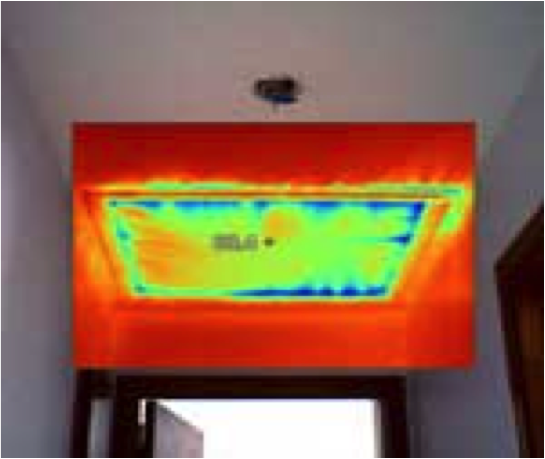
Building Science has revealed an irony: energy efficiency in our buildings also provides comfort, health, and building durability. One might think you need more energy to create this, but in fact we need less: less energy moving through the walls, floors, roofs... and people. This understanding gives rise to advanced air-sealing, insulation systems, and ventilation practices in our buildings, to build tight and ventilate right.
Why do we build tight? Tight buildings reduce energy costs by preserving the heated air, and ensuring the performance of insulation systems. It's important that our customers are provided with systems that not only resists heat flow, but also seals leaks within the home. We use various types of air-sealing and insulation materials depending on your homes needs and invite you to learn about each method below.
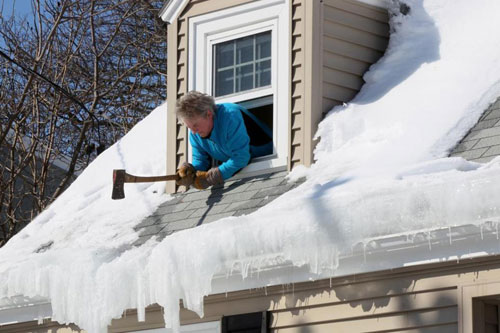
Do these look familiar? Although eye appealing, your roof doesn't think so. At Comfort by Kodiak, we only recommend a permanent solution to these dams, so say goodbye for GOOD!
Ice dams are formed when warm air escapes into the attic, melting the snow into water, and re-freezing the water on the eave and in the gutters. Heat should be retained in your living area during the winter and not wasted on your roof.
Heat escaping into your roof is not the only problem. Ice dams create stress for your roof. These dams loosen shingles, tear off gutters, tear paint with water leakage and decrease the function of your insulation.
Save money long term without de-icing cable. We recommend improving your attic and / or vaulted ceiling insulation and air leakage so that de-icing cable may no longer be needed. De-icing cable is an energy-intensive solution, with ongoing costs for the life of the building. The average home in the high country spends about $900 a year on de-icing cable costs! Correcting this issue with air-sealing and insulation methods is permanent and presents a one-time cost opportunity.
Don't spend another winter doing this! Plus, it's bad for your roofing, and not to mention, dangerous. Choose a permanent solution that will help save you money on future damages and your energy bills.



